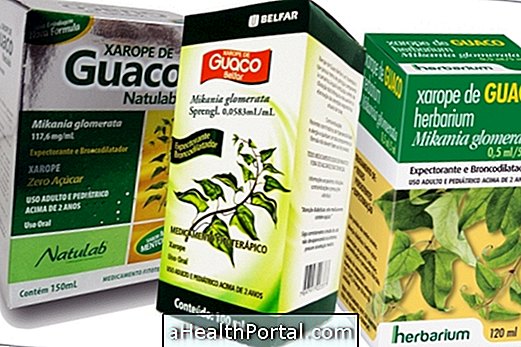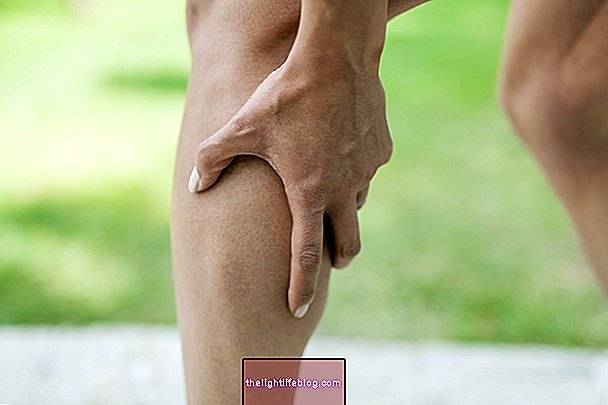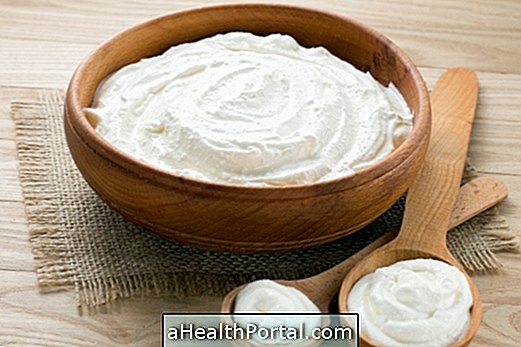Pain in the hand can occur due to autoimmune diseases such as rheumatoid arthritis and lupus, or due to repetitive movements, as in the case of tendinitis and tenosynovitis. Although it may indicate serious illness, hand pain can be easily treated through physical therapy or anti-inflammatory drugs, corticosteroids or immunosuppressants, according to the medical recommendation.
This pain is often accompanied by difficulty in performing simple movements, such as holding a glass or writing, for example. It is important to seek medical help when the pain is persistent or the hand hurts even at rest.
The 9 main causes of hand pain are:
1. Arthritis
Arthritis is the main cause of pain in the hands and corresponds to inflammation of the joints resulting in constant pain, stiffness and difficulty in moving the joint. This inflammation can affect both the wrist joint and the fingers, causing pains and preventing simple movements, such as writing or picking up an object.
What to do: The most indicated in the case of arthritis is to go to an orthopedist to have confirmation of the diagnosis and to start treatment, which is usually done with physical therapy and the use of anti-inflammatory drugs to relieve pain . See what it is, symptoms and how to treat arthritis.
2. Carpal Tunnel Syndrome
Carpal tunnel syndrome is common in hands-intensive professions such as hairdressers and programmers and is characterized by compression of the nerve that passes through the wrist and irrigates the palm of the hand causing tingling and fine pain in the fingers of the hand . Understand what it is and the main symptoms of carpal tunnel syndrome.
What to do: Treatment for carpal tunnel syndrome should be started as soon as the first symptoms appear to prevent the syndrome from developing and become a more serious problem. The treatment is done with physiotherapy, but in more severe cases surgery may be recommended. See how treatment for carpal tunnel syndrome is done.
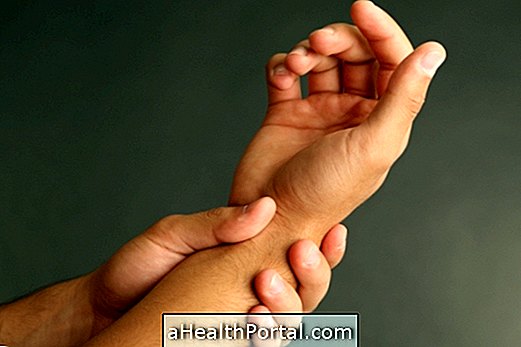
3. Tendonitis
Tendonitis is inflammation of the tendons of the hands due to repetitive stresses, causing swelling, tingling, burning and pain in the hands even with small movements. Tendonitis is common in people who always perform the same movement, such as seamstresses, cleaning women and people who type for a long time.
What to do: When the symptoms of tendinitis are noticed, it is important to stop performing the activity for a while to avoid more serious injuries. In addition, ice is indicated in the affected area to relieve symptoms and take anti-inflammatory medicines as directed by your doctor. Learn about the 6 steps to treat hand tendonitis.
4. Fracture
Fracture in the hand, wrist or finger is common in people who play sports such as handball or boxing, for example, but can also happen due to accidents or strokes and is characterized by color change, swelling and pain in the fractured region. Thus, it is difficult to perform any movement when the hand, finger or wrist are fractured. Here are the symptoms of fracture.
What to do: An X-ray is indicated to confirm the fracture, in addition to immobilization of the fractured region, to prevent the hand, for example, being used and eventually worsening the fracture. In addition, the doctor may advise you to use some pain relieving medication, such as Paracetamol. Depending on the extent and severity of the fracture, it may be advisable to perform physical therapy to assist in the recovery of movements. Understand how fracture treatment is done.
5. Gout
Gout is a disease characterized by accumulation of uric acid in the blood that can lead to swelling and difficulty moving the affected joint. It is more common for the symptoms to be noticed on the toe, however the gout can also affect the hands, leaving the fingers swollen and sore. See which are the signs and symptoms of gout.
What to do: The diagnosis is made by the rheumatologist, usually confirmation is done by laboratory tests that indicate the concentration of uric acid in the blood and urine, and the treatment most commonly indicated is the use of medicines to relieve pain and inflammation, such as Allopurinol, for example. Learn more about gout treatment.
6. Rheumatoid arthritis
Rheumatoid arthritis is an autoimmune disease characterized by pain, redness, swelling and difficulty moving the affected joint with the joint of the hand. Learn all about rheumatoid arthritis.
What to do: It is advised to go to the rheumatologist for the correct diagnosis, which is usually done by observing the symptoms and laboratory tests. Upon confirmation of the diagnosis, the physician may indicate the use of anti-inflammatories, corticosteroids or immunosuppressive drugs. In addition, it is indicated to perform physiotherapy and adopt a diet rich in anti-inflammatory foods, such as tuna, salmon and orange, for example.

7. Lupus
Lupus is an autoimmune disease that can cause inflammation of the skin, eyes, brain, heart, lungs, and joints, such as the hands. Learn how to identify lupus.
What to do: The treatment is done according to the guidance of the rheumatologist and is usually done with the use of anti-inflammatories, to relieve pain and inflammation, and immunosuppressive medicines, in addition to physiotherapy. Understand how treatment for lupus is done.
8. Tenosynovitis
Tenosynovitis is inflammation of the tendon and tissue that involves a group of tendons, causing pain and feeling of muscle weakness, which may make it difficult to hold a glass or a fork, for example, as it becomes painful. Tenosynovitis can be caused by knocking, impaired immune system, infection and hormonal changes. Learn more about tenosynovitis.
What to do: In case of tenosynovitis it is advisable to leave the affected joint at rest, avoiding to make any movement that uses this joint. In addition, the use of anti-inflammatory drugs or corticosteroids and physiotherapy sessions can be indicated, so that the recovery of the joint is faster.
9. Raynaud's disease
Raynaud's disease is characterized by altered circulation due to exposure to cold or sudden emotional changes, which leave the tips of the fingers whitish and cold, leading to the sensation of tingling and pulsating pain. Learn more about Raynaud's disease.
What to do: To relieve symptoms, you can warm your fingertips, thereby stimulating circulation. However, if it starts to get dark, it is important to go to the doctor to avoid progression to necrosis, where it is necessary to amputate the tip of the finger.
10. Dupuytren's contracture
In Dupuytren's contracture the person has difficulty opening the hand completely, presenting pain in the palm of the hand and the presence of a 'rope' that seems to hold the finger. Usually men are most affected, from the age of 50, and the palm of the hand can become very sore, requiring treatment, because when the treatment is not started the contracture is getting worse and the affected fingers become more and more difficult to open.
What to do: A medical consultation is recommended, the diagnosis is made without the need for specific tests. The most indicated treatment is physiotherapy, but it is possible to opt for the injection of collagenase or surgery to eliminate the palmar fascia contracture. Learn more details of the symptoms, causes, and treatments of Dupuytren's Contracture.
When to go to the doctor
It is important to go to the doctor when the pain in the hand is persistent, appears suddenly or when there is pain even when no effort is made with the hands. When the cause is identified, the physician may indicate the use of medicines to relieve pain or inflammation, as well as physiotherapy and rest of the hands.
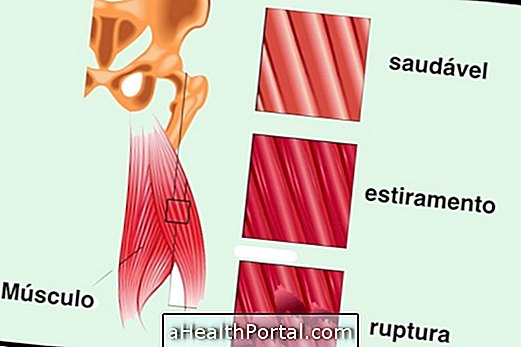
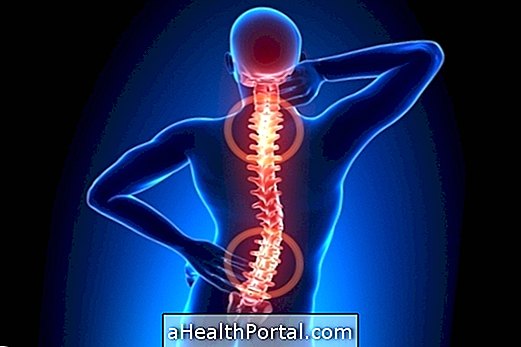

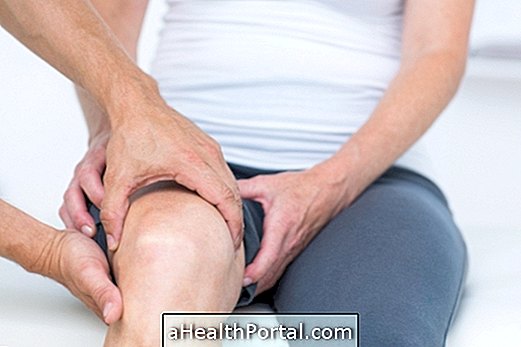
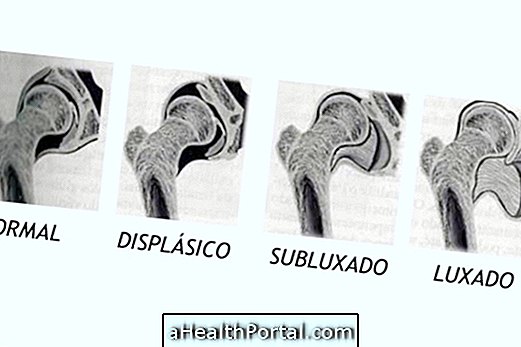
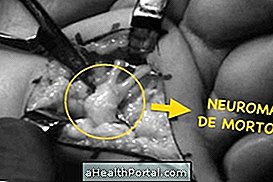


.jpg)
